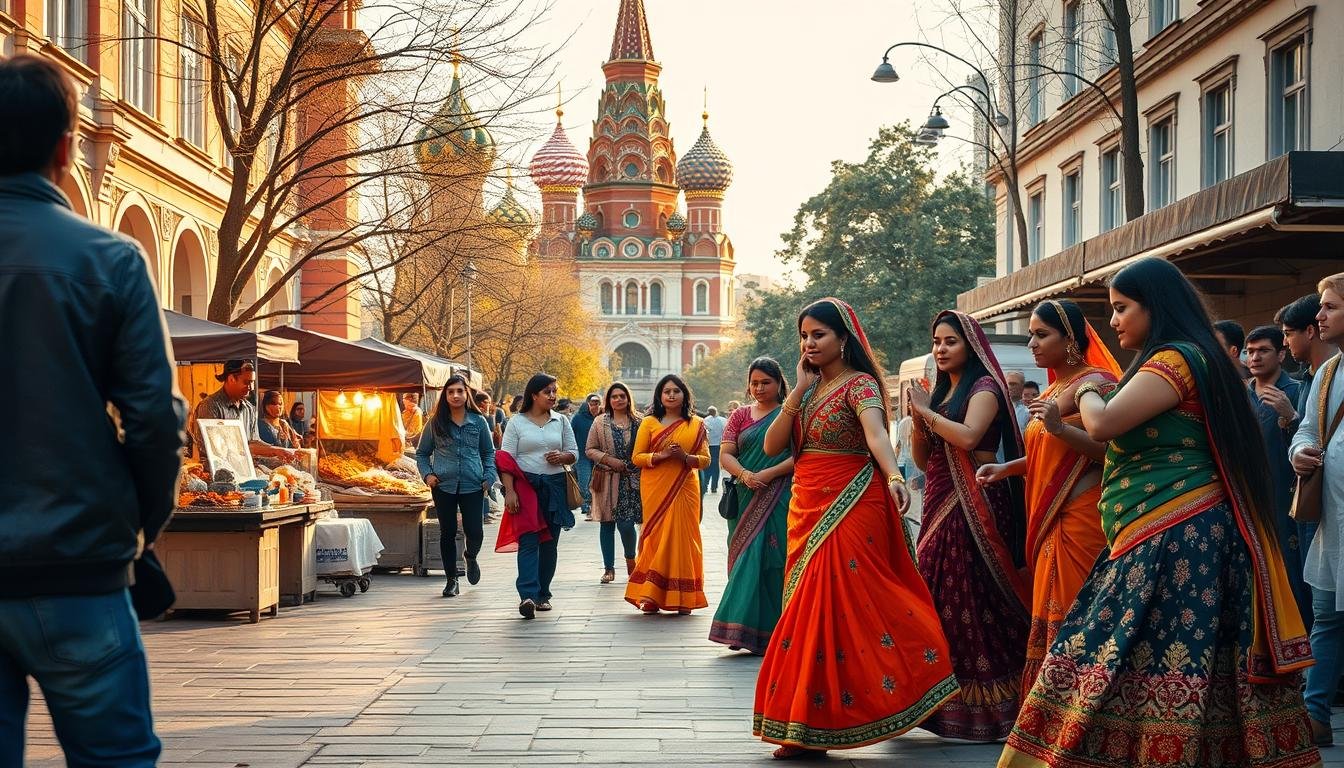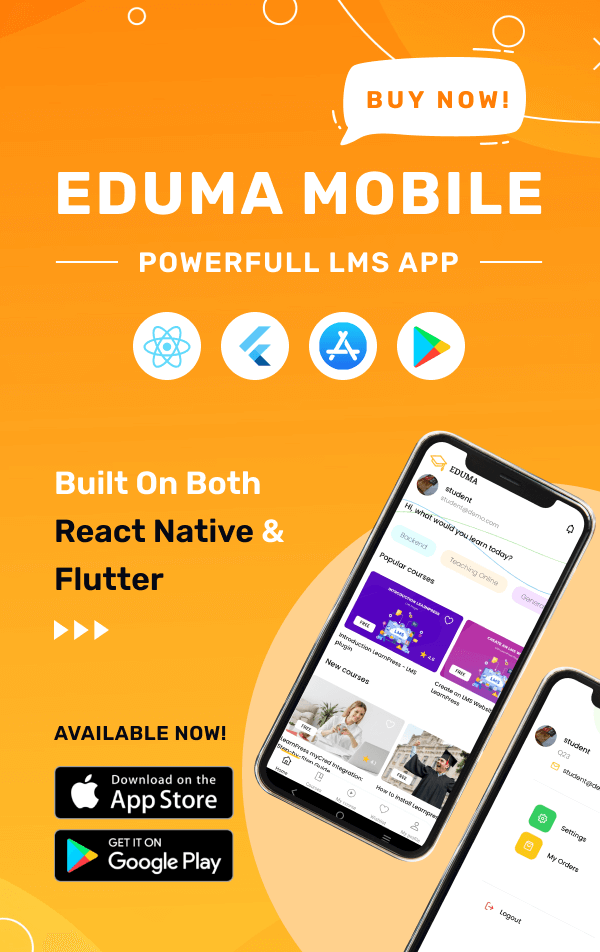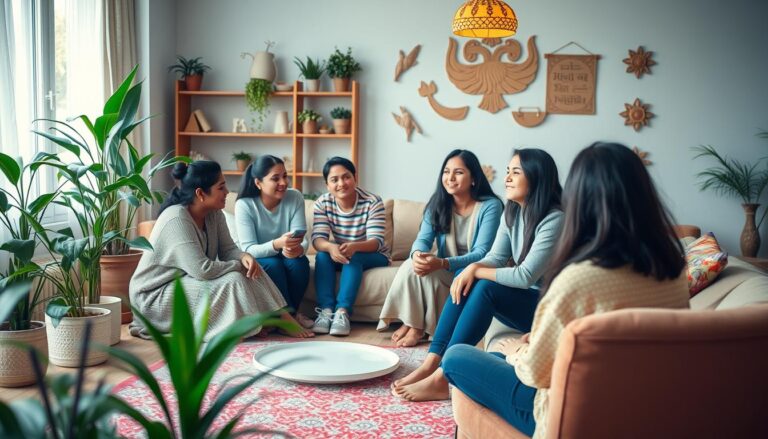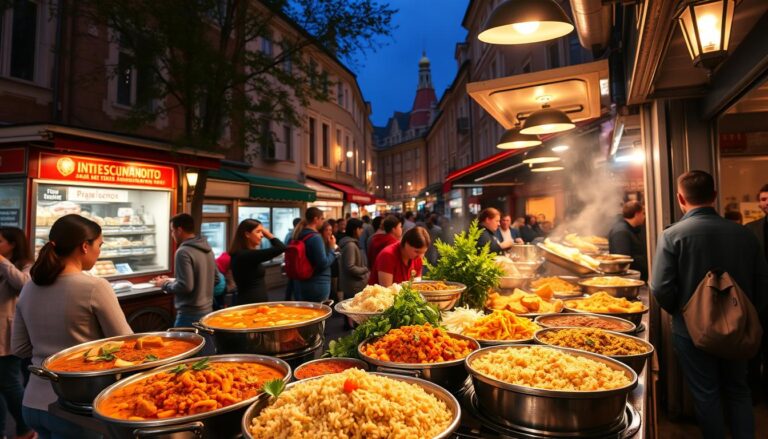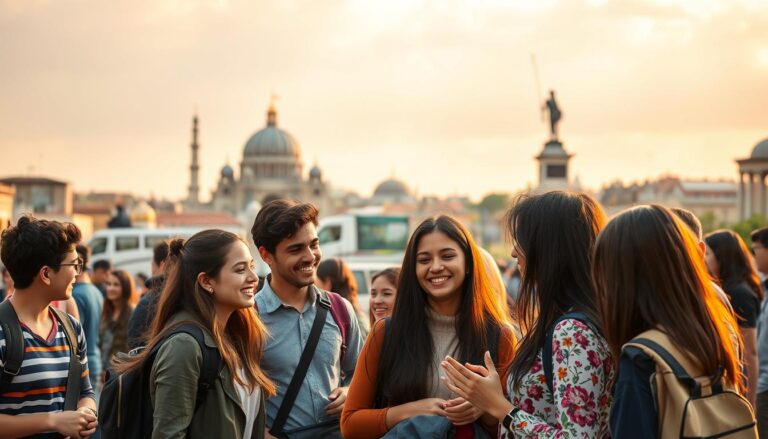Studying abroad often means stepping into a new world of experiences. For Indian students in Russia, this journey includes a unique blend of academics and cultural preservation. How do they manage to stay connected to their roots while embracing a foreign environment?
Over the years, events like “Apna Utsav” and the Festival of India have played a pivotal role in bridging the gap between these two nations. These gatherings are not just about dance and music; they are a celebration of shared history and artistic excellence. From classical performances to modern interpretations, these events highlight the rich traditions of both cultures.
At institutions like Perm State Medical University, students find a supportive community that encourages cultural exploration. Whether it’s through flag-raising ceremonies or collaborative artistic projects, these experiences create lasting memories and foster a sense of belonging.
Join us as we delve into the vibrant world of cultural exchange, where tradition meets modernity, and students create a home away from home. Discover how these events shape their journey and strengthen the bond between India and Russia.
A Glimpse into India’s Cultural Showcases in Russia
Cultural showcases have long been a bridge between nations, fostering mutual understanding. For decades, these events have highlighted the rich traditions of India while embracing the cultural diversity of the Russian Federation.
Historical Perspectives and Past Celebrations
The roots of these cultural exchanges trace back to events like “Apna Utsav” in 1987. This celebration marked a significant milestone in the relationship between the two nations. Classical dance forms like Bharatnatyam and Kathak took center stage, captivating audiences with their grace and precision.
Venues like the Kremlin Palace Theatre hosted these performances, showcasing the artistic excellence of both cultures. Over the years, cities like St. Petersburg have become focal points for such events, blending history with modernity.
Modern Fusion and Technological Enhancements
Today, these showcases have evolved with technological advancements. The Festival of India, held from September 2018 to March 2019, is a prime example. It integrated innovative elements like digital projections and interactive media, revitalizing traditional performances.
State-of-the-art venues across the Russian Federation now host these events, offering a platform for both classical and contemporary art forms. This blend of tradition and technology continues to strengthen the cultural bond between the two nations.
For students pursuing MBBS in Russia, these events provide a unique opportunity to stay connected to their roots while exploring a new culture. They serve as a reminder of the enduring legacy of cultural exchange.
Exploring celebrating indian festivals russia: A Cultural Exchange
The blend of traditions and modernity creates a unique cultural tapestry. Across 22 cities in the Russian Federation, events have brought together communities to celebrate shared heritage and artistic excellence. These gatherings are more than just performances; they are a testament to the enduring bond between nations.
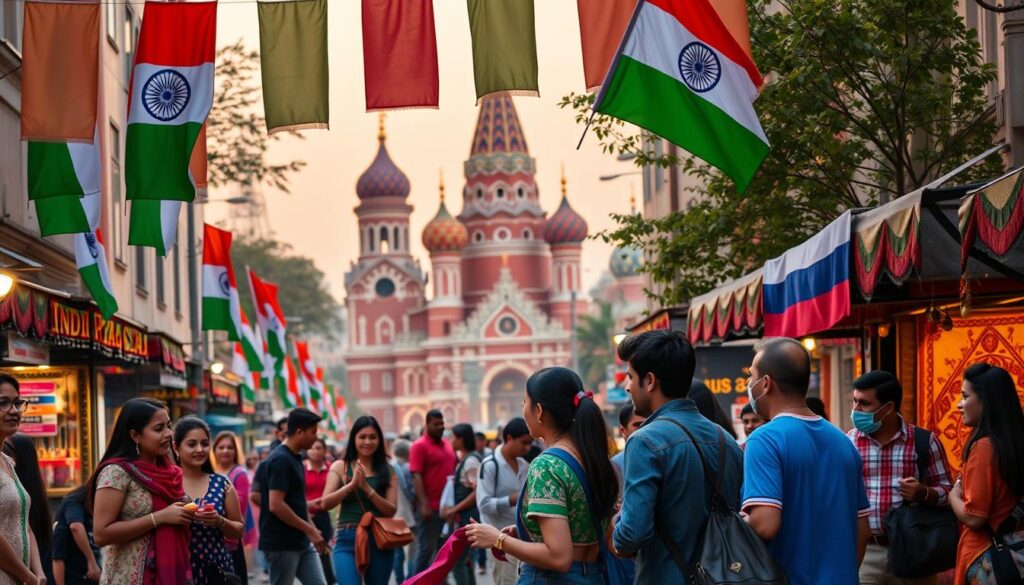
Festival Highlights Across 22 Russian Cities
From Moscow to St. Petersburg, these events have left a lasting impact. Cities like Nizhny Novgorod and Kazan have hosted vibrant celebrations, showcasing the best of Indian traditions. The festival’s reach across the Russian Federation highlights its significance as a platform for cultural exchange.
| City | Event Highlights |
|---|---|
| Moscow | Classical dance performances, art exhibitions |
| St. Petersburg | Film screenings, Independence Day celebrations |
| Nizhny Novgorod | Food festivals, contemporary dance |
| Kazan | Traditional music, interactive media displays |
Artistic Performances and Dance Traditions
Classical forms like Bharatnatyam and Kathak have mesmerized audiences. Contemporary interpretations have added a modern twist, making these performances accessible to all. The fusion of old and new has been a hallmark of these events.
Engaging with Food, Film, and Art Exhibitions
Beyond dance and music, the festival has embraced diverse art forms. Food festivals have introduced traditional Indian cuisine to Russian audiences. Film screenings and art exhibitions have provided a deeper understanding of cultural narratives.
These events have not only entertained but also educated. They have reinforced our shared commitment to preserving and evolving artistic traditions. For students at institutions like Perm State Medical University, these experiences have been invaluable in staying connected to their roots while embracing a new culture.
Our Journey Through Vibrant Festival Experiences
Our journey through vibrant festival experiences left us with unforgettable memories. Each event was a unique blend of tradition, artistry, and cultural diplomacy. From grand inaugurations to intimate performances, these gatherings became a bridge to meaningful interactions.
The grand inauguration at the State Kremlin Palace on September 6, 2018, set the tone for the entire series of events. The grandeur of the venue and the energy of the audience created an atmosphere of celebration. Distinguished artists like Jayalakshmi Eshwar mesmerized us with their classical and modern dance presentations.
Personal Encounters and Unforgettable Performances
One of the highlights was meeting cultural ambassadors from various nations. These interactions enriched our understanding of global traditions. Behind-the-scenes discussions with performers revealed the dedication and passion behind every act.
Unforgettable performances included a fusion of classical Bharatnatyam and contemporary dance. The emotional impact of witnessing live artistic presentations was profound. Each event reinforced our appreciation for the depth of Indian traditions.
| Event | Highlights |
|---|---|
| Grand Inauguration | State Kremlin Palace, September 6, 2018 |
| Jayalakshmi Eshwar | Classical and modern dance performances |
| Cultural Meetings | Interactions with ambassadors and artists |
These experiences profoundly enriched our cultural perspective. They reminded us of the power of art to connect people across borders. For those considering affordable medical education, such events highlight the importance of staying connected to one’s roots while embracing new opportunities.
Conclusion
The six-month cultural journey across 22 cities left a lasting impression on all who participated. Supported by both the Russian Federation and Indian governments, this festival showcased the richness of tradition and artistic excellence. From classical performances to modern interpretations, it highlighted the enduring bond between the two nations.
Major events, including film screenings and art exhibitions, brought communities together. Personal encounters with cultural ambassadors added depth to the experience. These moments reinforced the importance of preserving and sharing cultural narratives.
As we reflect on this journey, we remain optimistic about future exchanges. Such events not only strengthen ties but also inspire students studying abroad to embrace new cultures while staying connected to their roots. For those pursuing medical education abroad, these experiences are invaluable in fostering adaptability and cultural understanding.

